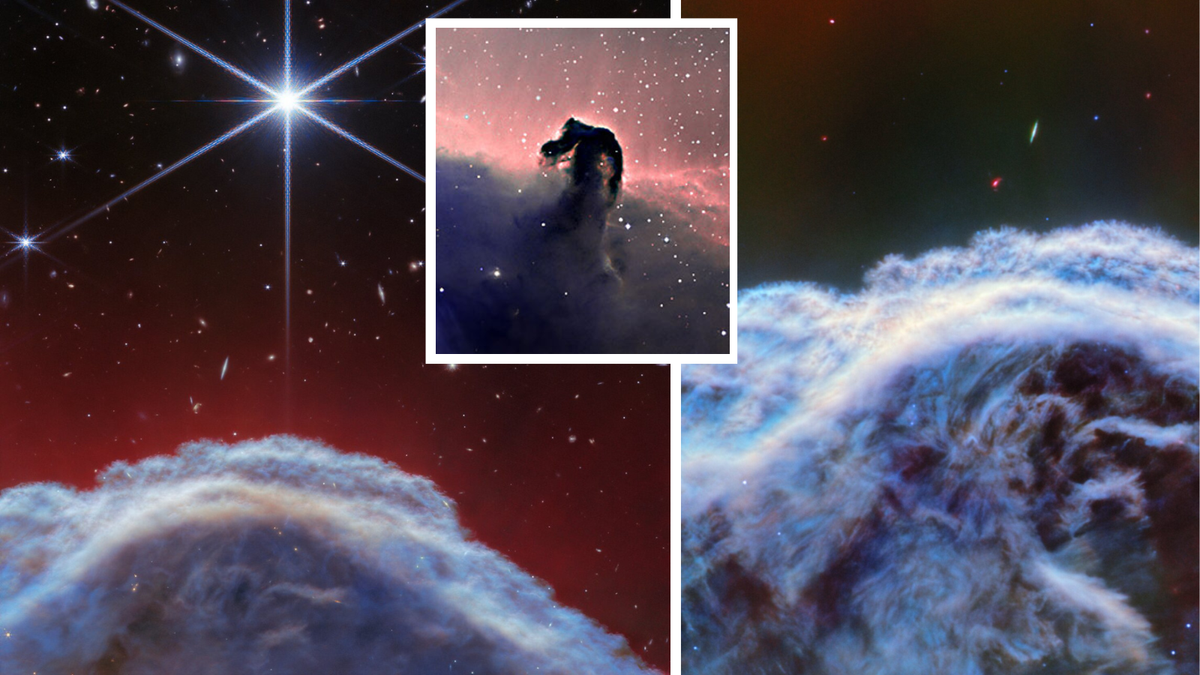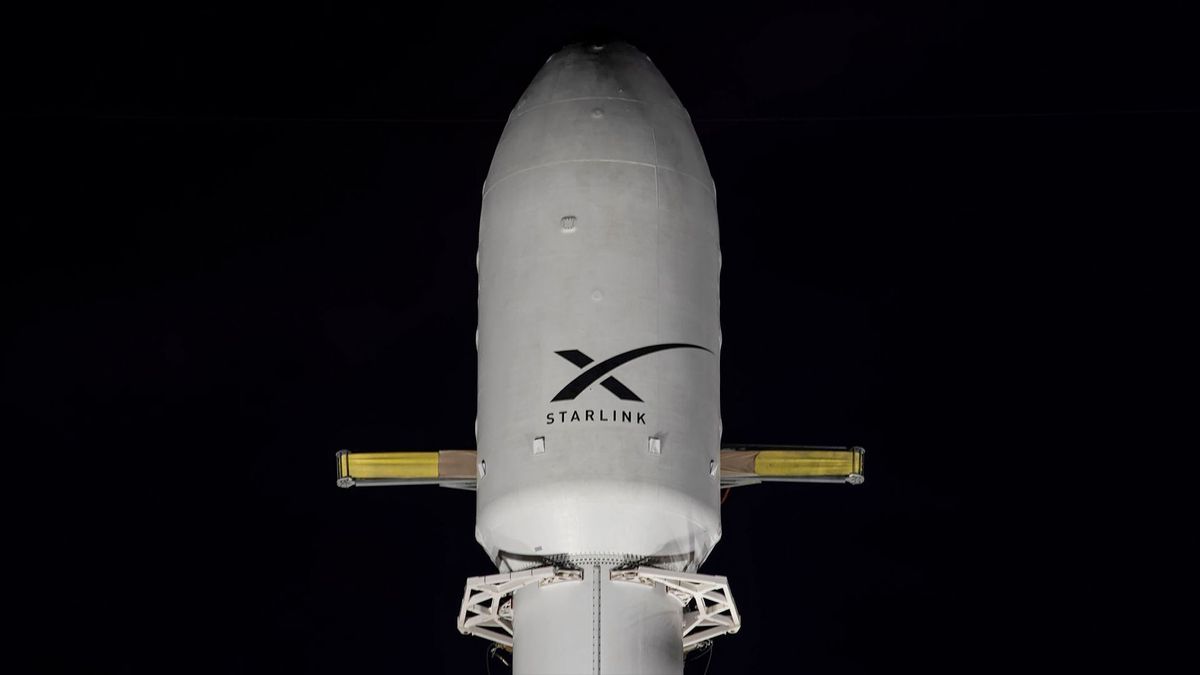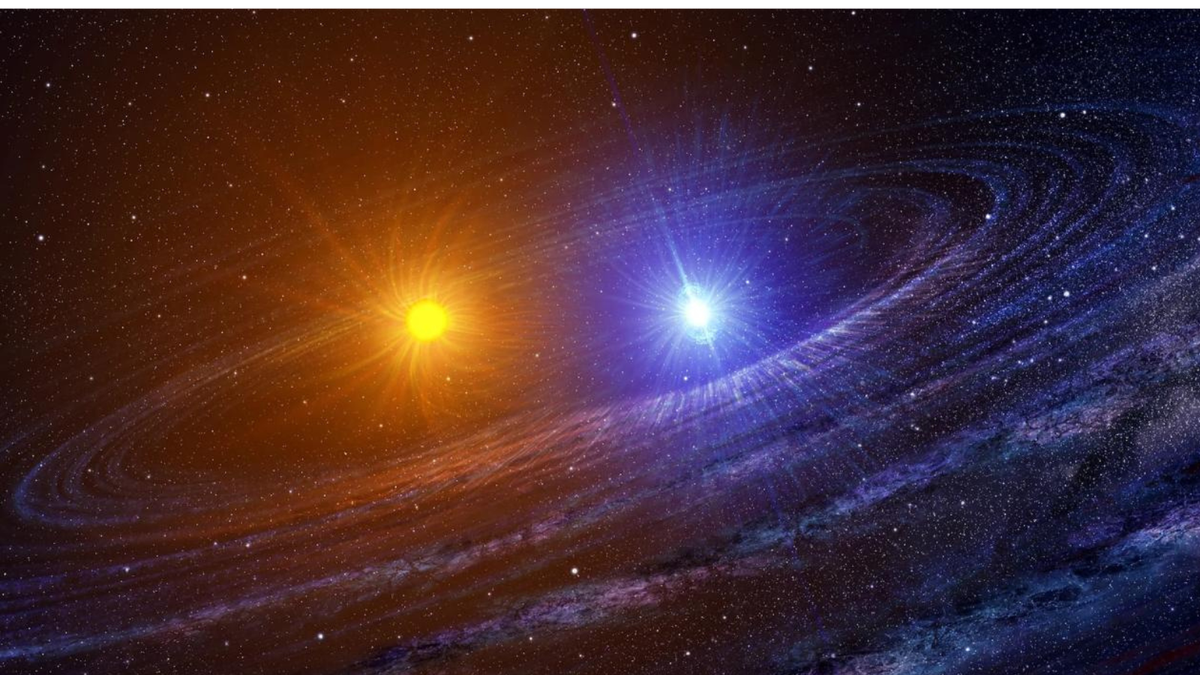The James Webb Space Telescope Reveals Stunning Images of the Horsehead Nebula
The James Webb Space Telescope (JWST) has recently unveiled breathtakingly sharp images of the Horsehead Nebula, an iconic celestial entity in the night sky above Earth. As the most formidable telescope ever deployed into orbit around our planet, the JWST has meticulously captured details of the Horsehead Nebula, also recognized as Barnard 33, that had previously remained concealed, offering fresh perspectives on several regions.
A Glimpse of the Horsehead Nebula
The new images acquired by the JWST showcase the Horsehead Nebula as turbulent gas waves emerging from the western side of Orion B, a star-forming molecular cloud situated 1,300 light-years away in the Orion constellation. The Horsehead Nebula, characterized as a collapsing cloud of dense, cool gas, is illuminated by a young, hot star nestled within its upper left edge. The distinctive horse-shaped structure of the nebula resulted from the erosion of lighter gas, leaving behind a dense pillar of gas and dust that is more resistant to erosion.
This configuration, however, is not eternal. Scientists forecast that in approximately 5 million years, even this denser pillar will disintegrate, marking a transient phase in the cosmic tapestry.
Technological Marvels
Utilizing the JWST’s Near-InfraRed Camera (NIRCam) instrument, astronomers were able to obtain a detailed close-up of a section of the Horsehead Nebula. This region presents itself as a curved wall of thick, smoky gas and dust, adorned by distant stars and galaxies overhead. Notably, one prominent, luminous star exhibits discernible diffraction spikes, characteristic of JWST-generated images.
Furthermore, the JWST’s Mid-Infrared Instrument (MIRI) also contributed to the image collection by capturing a mesmerizing portrayal of a segment of the Horsehead Nebula. In this image, a smaller portion of the nebula dominates the frame, featuring dense white and blue smoky formations interspersed with dark voids.
Scientific Investigations
The Horsehead Nebula functions as a photon-dominated region (PDR), where young, massive stars impart warmth to the interstellar gas and dust situated between stars. These cold clouds reside amidst ionized gas closer to newborn stars, generating a dynamic environment where ultraviolet light emissions from stars influence the composition and chemistry of surrounding matter.
By scrutinizing light emissions from PDRs like the Horsehead Nebula, scientists can unravel the intricate evolution of interstellar matter and the chemical mechanisms that govern this transformation. The proximity of the Horsehead Nebula to Earth renders it an ideal PDR for astronomers to delve into these investigations, characterizing the structural intricacies of PDRs and exploring the intricate interplay between radiation and chemistry in the realm of interstellar space.
These groundbreaking findings stemming from the JWST’s scrutiny of the Horsehead Nebula have been officially acknowledged for publication in the esteemed journal Astronomy & Astrophysics.
Image/Photo credit: source url





